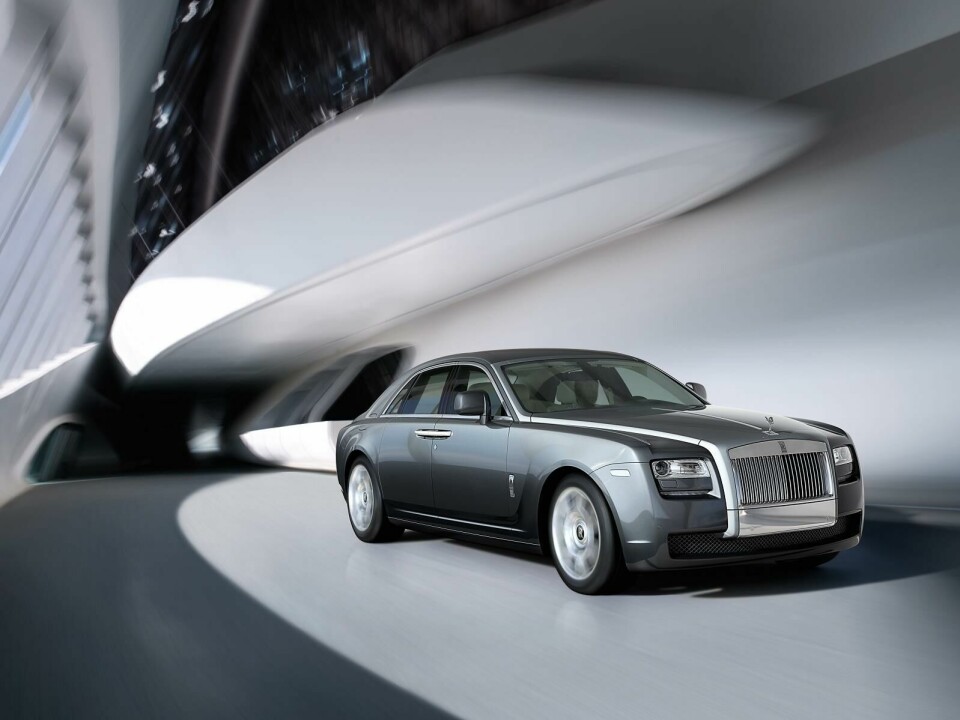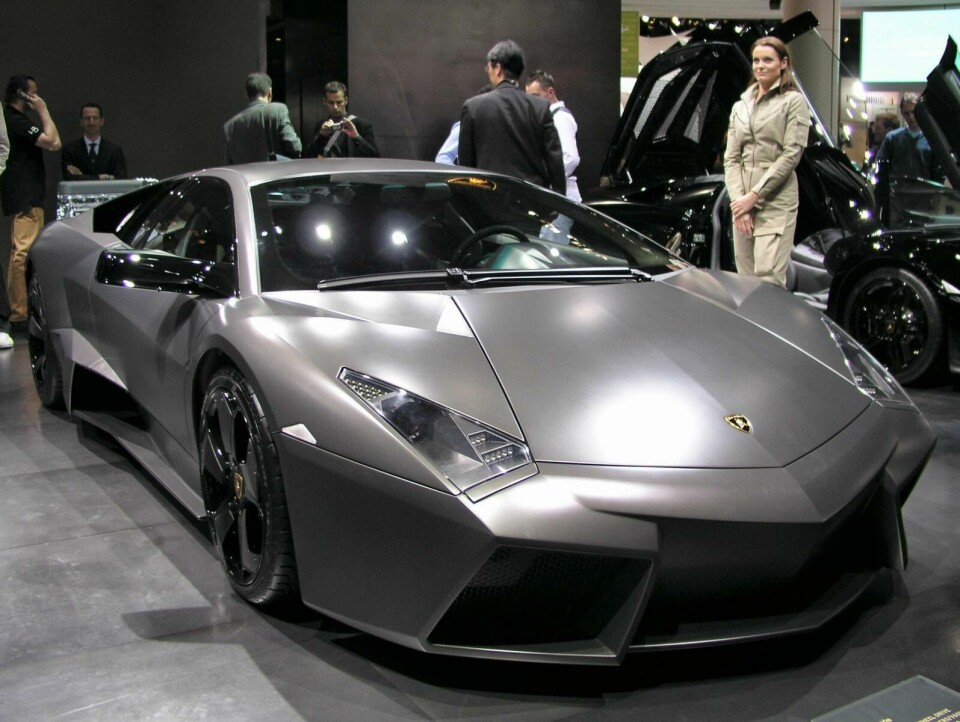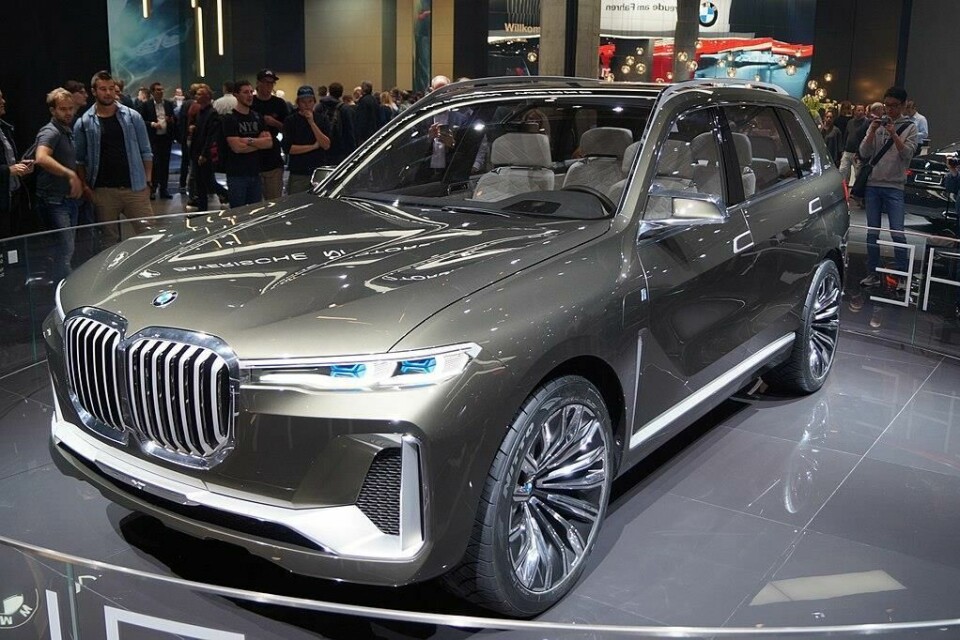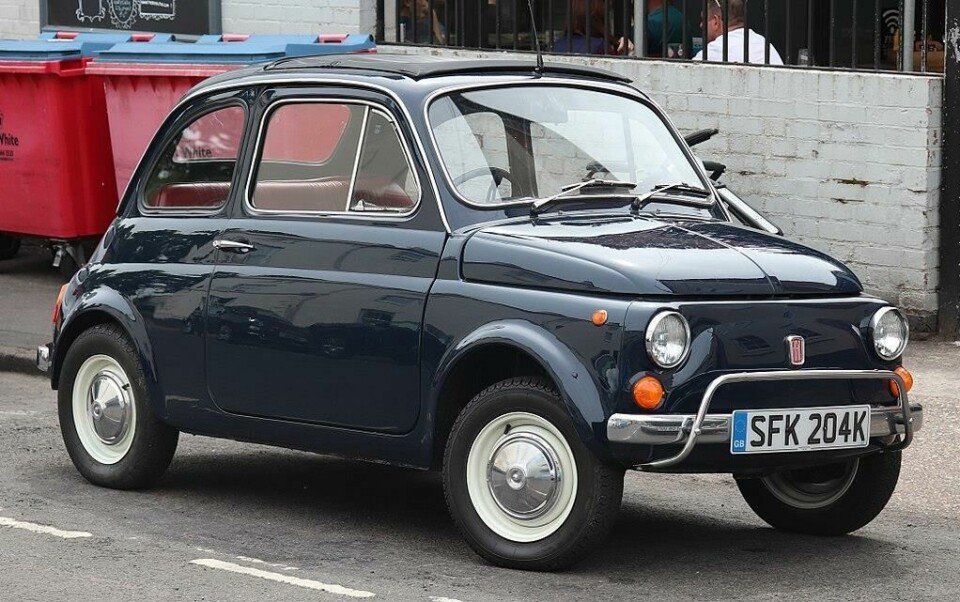
Post Opulence: A Softer Tomorrow?
A decade or more of adversarial design and in-your-face attitudes has left us in need of a breather. Might a new era of post-opulent aesthetics mellow us out? Aidan Walsh hopes so.
If one were tasked with capturing the spirit of recent times using only a single word, ‘adversarial’ wouldn’t be a bad shout. From music to cinema, politics to language, the past few years have been very much a case of brute force over subtlety, belligerence over amicability and ‘if you’ve got it, bloody well flaunt it!’
Such trends have, of course, not been lost on the car industry’s resident fashionistas, the designers, who’ve tapped this fractious zeitgeist with snarling snouts, slashed and swollen surfaces stretched taut over metal musculature and popping iron veins, topped off with more jewellery than De Beers.
As might be expected, given their popularity among status-conscious consumers looking to ‘make a statement’, luxury and premium brands have very much led the crusade into the prevailing red-mist. From humble, and now seemingly understated, beginnings with Audi’s ‘single frame’ DRG back in 2004, the vogue for angry, pumped-up, bejewelled and all-around confrontational visuals has swept away almost all else.

From Lamborghini’s Stealth Bomber Reventon to Ferrari’s ‘mad clown’ 812, Lexus’ ‘moulded by machete’ creations to BMW’s latest mega-kidneys which have come to adorn (or besmirch) everything from the mammoth X7 to the steroidal new M3 and M4, not to mention the apparently inexorable shift toward ever more hulking SUVs and pickup trucks whose ‘command’ driving positions and imposing facades put one more in mind of medieval castle than 21st century personal transportation device. Even once cute ‘n’ cuddly city cars have gotten in on the act – Kia’s Picanto and Toyota’s Aygo for example, whose aesthetic has gone from demure to demonic in just a couple of generations.
Fortunately, for those of us growing weary of scowls on every street corner, there now issues a lone voice of cut-glass calm from out the melee of malice which has been the automotive landscape in recent times. The voice of none less than Rolls-Royce, whose ‘post-opulent’ new Ghost (hyperlink) embraces visual restraint to an extent not seen since MySpace was the place to be and tweeting was for birds.
And when perhaps the automotive world’s foremost luxury arbiter thinks the spirit of tomorrow is likely more Xanax than ecstasy, we really ought to pay attention. Described by Alex Innes of Rolls-Royce as “a move away from the opulence of old” and “a luxury that takes on a notion of whispering and not shouting”, the Ghost represents not only a step change from the Goodwood goliaths of the recent past, but the apparent reversal of a good two decades worth of automotive design orthodoxy.

Co-incidental though it likely was, Rolls’ apparent change of course may in-fact prove rather timelier than even they might have hoped, coming as it did, just as the wider world was slowing down and taking cover from a new and largely unforeseen threat which could not be bullied, bombed or otherwise beaten into submission by the strutting strongman leaders of the twenty-tens nor the brute-force, bombast and bravado which has come to characterise their regimes.
In today’s upside-down corona-coma, where the hopes and dreams of the masses lie not with athletes, entertainers and showmen, but scientists, medics, and researchers, and which has already claimed the scalp of America’s ostensibly invincible wrecking-ball in chief, it seems only a calmer, more considered and cerebral approach can now save us from the invisible, insidious foe which has reshaped our world in a way ‘the Donald’ could only dream of.
And amid this dawning realisation, that not every nut can be cracked with the metaphorical sledgehammer, that he (and it generally is ‘he’) who shouts loudest isn’t always right, comes another – admittedly altogether less consequential one - that maybe, just maybe, the gaping grilles, the bedazzling bling, the ‘get out of my way’ attitude so ubiquitous in latter-day automotive design might be, well… a bit last decade.
For while snarling, sneering and otherwise lording it over one’s fellow human beings might be de-rigour in ‘normal’ times, in this new era of scarcity, struggle or at very least anxiety for so many, and in the face of a common enemy likely to be overcome only by collective collaboration and compassion, such behaviour seems not only unpleasant and crass, but perhaps even downright stupid.
Of course, it must be stressed that not every pilot of a brash behemoth aims to belittle and intimidate other road users, nor do all conspicuously costly conveyances represent a thinly veiled swipe at the proletariat, but at the same time, the role of the car as an ‘avatar’ of sorts cannot be underestimated either. As most of us are aware, at least subconsciously, the emotional and symbolic role of cars in the modern world is almost as great as the functional one - the anthropomorphising of car ‘faces’ is so widespread that the term ‘face’ has become an indispensable part of the car designer’s lexicon. Like it or not, a car speaks a thousand words and not all of them are pretty.

And with our species’ collective stress level being pushed to such dizzying heights over the past twelve months, perhaps we could all do with a little less conflict, a little less discord, a little less aggravation – even the figurative kind which our four-wheeled friends have increasingly come to embody. With so many of us being so starkly, painfully reacquainted with our own mortality and the fleeting nature of our existence, perhaps we will be less inclined to view our fellow humans, including the occupants of ‘that car in front’, as threats to be neutralised or peasants to browbeat, but fragile, vulnerable beings undertaking the same disconcerting, often difficult, journey as ourselves.
Might post-pandemic also mean post-opulence and post-adversarial in design terms? Time, of course, will tell, but given the way car design has reacted to seismic events in history, don’t bet against it. After all, it was the 1950s, when the unimaginable horror of World War 2 was still fresh in the mind, which gave us the irresistible cuteness of the Fiat Nuova Cinquecento, Morris Minor and Austin Healey Sprite, the turbulent 1970s which brought us super-rational ‘folded paper’ style of Giugiaro and his contemporaries, and the post-greed-is-good, post-recession, eco-aware 1990s which heralded the soft, harmonious forms of ‘bio-design’.
We humans are a funny lot, mercurial, idiosyncratic, often myopic, but times of crisis do seem to have an uncanny knack of drawing us closer together and mellowing our worst excesses. Something today’s designers would do well to remember.



